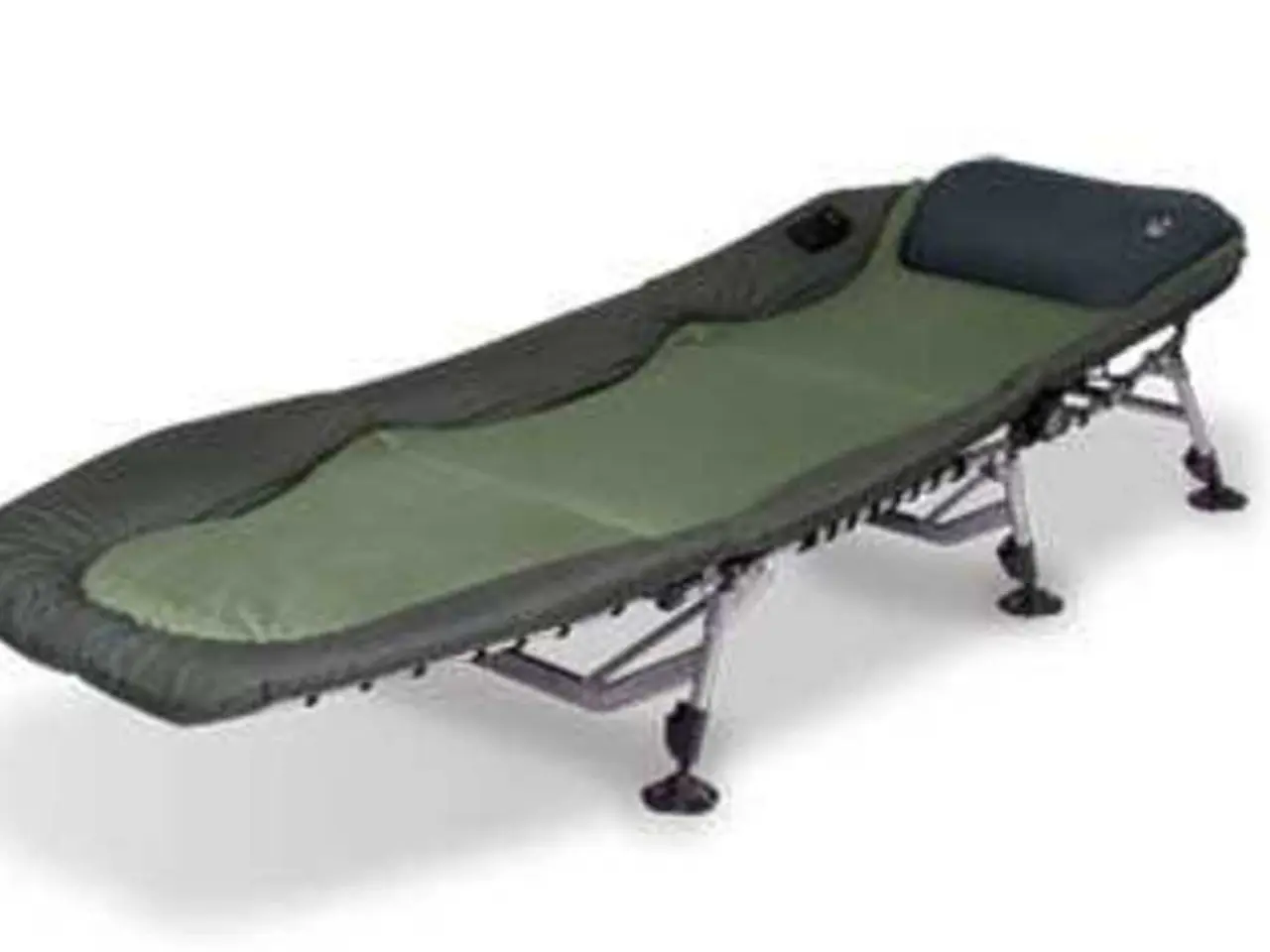Treatments for Slipping Rib Syndrome via Chiropractic and Physical Therapy Approaches
Slipping Rib Syndrome (SRS) is a painful and often underdiagnosed condition, characterised by the abnormal sliding of lower ribs, potentially compressing nerves or irritating muscles. While manual therapy and rib mobilisation are foundational for SRS management, a comprehensive, multidisciplinary approach is often required for optimal outcomes, especially when symptoms persist despite initial conservative care.
### Non-Surgical Techniques
The management of SRS extends beyond manual therapy and rib mobilisation. A tailored, multidisciplinary approach encompassing physical rehabilitation, medication, interventional procedures, activity modification, and, when necessary, surgical intervention is essential for optimal patient outcomes.
Physical therapy plays a core role in SRS management. Targeted stretching, strengthening (particularly of the core and thoracic musculature), postural correction, and neuromuscular re-education can help stabilise the rib cage and prevent recurrence. Breathing exercises may also be beneficial.
Pain medication and anti-inflammatory drugs may be used to manage pain and inflammation, though they treat symptoms rather than the underlying mechanism of SRS. Patients should avoid activities that exacerbate symptoms (e.g., repetitive twisting, heavy lifting) and consider ergonomic changes at work or home to reduce strain on the rib cage. Heat and ice therapy can provide relief, with heat relaxing muscles and reducing stiffness, while ice may help during acute flare-ups to minimise inflammation.
Acupuncture and osteopathic manipulative techniques may offer adjunctive pain relief for some patients with chronic rib pain.
### Interventional and Advanced Options
Local anaesthetic or steroid injections into the affected area can provide diagnostic and therapeutic benefit, particularly for persistent or severe pain. Ultrasound or fluoroscopic guidance improves accuracy and safety.
Complex or refractory cases may benefit from multidisciplinary care, including advanced pain management strategies and rehabilitation programs. Iontophoresis, a transdermal drug delivery method, may be considered for localised pain relief, though evidence specific to SRS is limited.
### Surgical Considerations
For patients with persistent, disabling symptoms or demonstrable rib subluxation, surgical intervention—such as rib fixation or resection of the affected rib segment—may be warranted. Minimally invasive techniques using specialized plates and screws are now available and can provide immediate pain relief and accelerated recovery.
### Patient Education and Monitoring
Patients should be informed about the nature of SRS, expected recovery timeline, and the importance of adherence to prescribed therapies and activity modifications. Monitoring for complications such as pneumothorax is essential, especially after interventional procedures. A structured, gradual return to normal activities—guided by a physical therapist—can help prevent recurrence and ensure long-term recovery.
### Conclusion
The integration of chiropractors, physical therapists, and other healthcare professionals is crucial in the management and elimination of SRS symptoms. Early referral to specialists is advised for complex or refractory cases. With correct diagnosis, manual therapy, core training, and postural adjustment, SRS patients tend to get better and have better symptom control. Education, effective movement strategies, and long-term interventions, such as stretches, core exercises, and changes in postural or breathing patterns, are key to managing and preventing SRS.
- Mental health and well-being should not be overlooked in the comprehensive management of Slipping Rib Syndrome (SRS), as stress can exacerbate symptoms. Relaxation techniques and stress management strategies can be beneficial.
- Nutrition plays a vital role in overall health and wellness, and maintaining a balanced diet can aid in recovery and prevent exacerbation of SRS symptoms. Foods rich in calcium, vitamin D, and Omega-3 fatty acids can aid in bone health and inflammation reduction.
- Incorporating fitness and exercise into one's routine can not only improve overall health but also strengthen the musculature surrounding the rib cage, potentially alleviating SRS symptoms. Low-impact sports like swimming or cycling can be particularly beneficial.
- Skin-care regimens that include gentle cleansing and moisturizing can help maintain healthy skin, which may be prone to sensitivity or irritation due to topical therapies or treatments used for SRS management.
- Sports betting, while not directly related to Slipping Rib Syndrome, can impact mental health and overall well-being. It is important for individuals with SRS to consider their mental health and, if required, seek help from mental health professionals, especially if stressed about financial concerns related to gambling.




